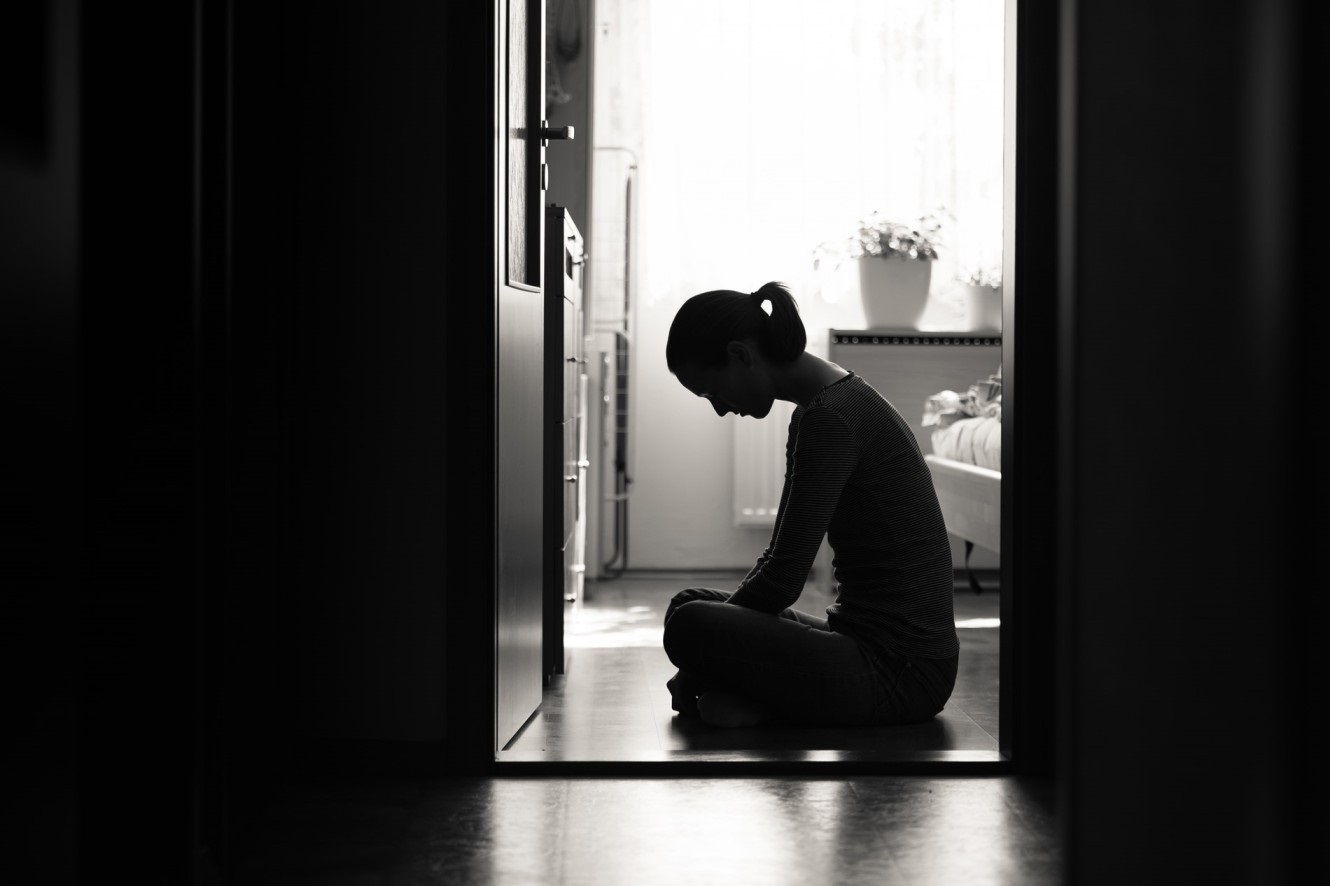
Getting what you deserve in a lawsuit for pain and suffering isn’t always a straightforward process. An identical plaintiff might get significantly different results from different attorneys. A pro per plaintiff (someone who represents themselves) is almost sure to have a less satisfying and drastically different outcome.
Even though the goal is always the same, i.e., to make the plaintiff “whole” again after the defendant has caused them harm, there are many different ways to approach the issue. It’s incredibly complex when it comes to showing damages from pain and suffering.
When Are Pain and Suffering Damages Appropriate?
Economic damages are, for the most part, relatively easy to calculate. For example, if someone steals your car, the economic damage you’ve suffered is the value of the car, its contents, any income you lost as a result of not having the car, etc. Non-economic damages, such as pain and suffering, are appropriate for less tangible harm.
If someone lost their hand due to another person’s negligence, you could calculate their medical bills and their decreased ability to make a living. But of course, that doesn’t cover the full extent of their injuries. They would have suffered great physical pain, severe emotional distress, and perhaps long-term mental health effects (such as depression and anxiety). While no amount of money can erase these injuries, pain and suffering damages are meant to at least address them.
Should You Handle Pain and Suffering Damages on Your Own?
We strongly advise against representing yourself in any lawsuit where you might be entitled to pain and suffering damages. Such a case is likely to be complex, and you would be doing yourself a great disservice by trying to go it alone.
Imagine a situation where the defendant’s culpability is not in question. It’s just a question of how much money they will have to pay. You would have two options: settle the case or take it to court to prove damages.
Proving damages in court is no simple matter. You will have to call your witnesses, cross-examine the defense witnesses, possibly hire experts, and follow the complex rules of evidence. On top of that, the defendant is likely to fight hard because pain and suffering damages can be a lot of money. A pro per litigant is not going to be on equal footing.
This leaves you with the option to settle out of court. The defendant may be very willing to do this. But the amount they offer will be directly related to how much they wish to avoid a trial. If they know you don’t have an attorney, they will lowball you because you probably can’t beat them in court. Worse, because it’s difficult to know how much your case is worth, you may not even know that the offer is too low.
Experienced Plaintiff’s Attorneys in Southern California
If you’ve been injured and believe you may be entitled to pain and suffering damages, your first step should be to contact an attorney. Schedule a consultation with one of our litigation experts today.



Recent Comments